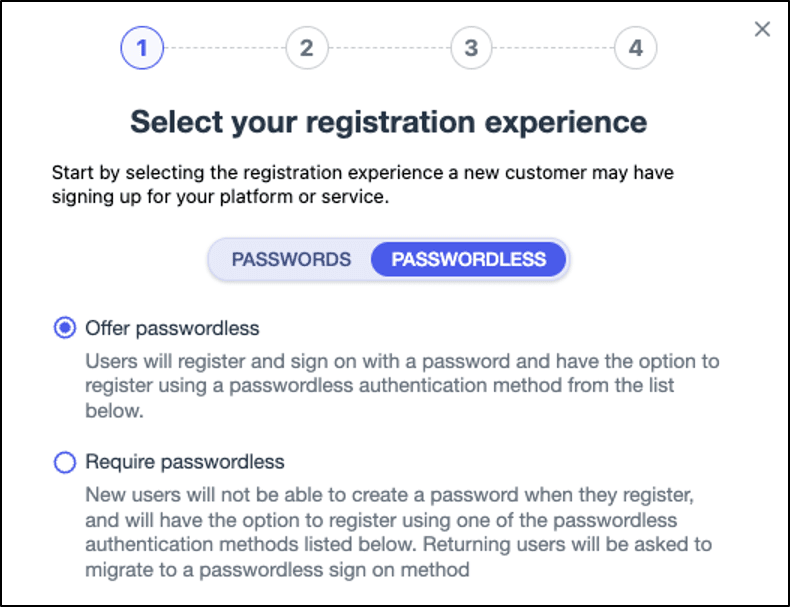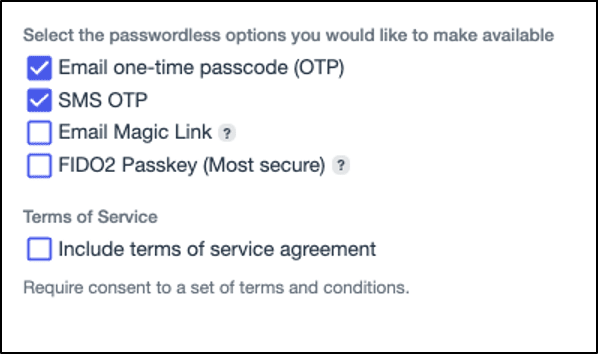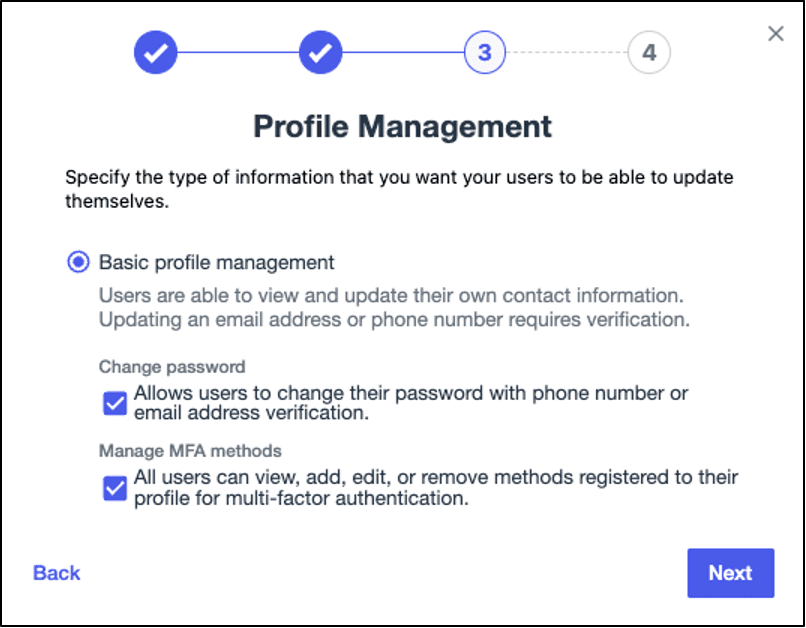Although security professionals generally already know that they should go passwordless, there are a lot of barriers to doing so, with three of the most common and relevant blockers being:
Integration Challenges: Integrating a passwordless solution carries extensive implications. Frequently, application teams are unprepared for such shifts because they demand substantial alterations to custom code. This translates to the need for extra development resources, time, and funding, all of which are often limited.
Accommodating Various User Scenarios: Organizations often must accommodate various customer identity types while also adhering to industry-specific and geographical regulations in certain instances. These different organizations often require distinct authentication methods. For example, whereas banks may prioritize security with FIDO2, retailers may prefer less secure but more frictionless authentication scenarios, such as email magic links. Meanwhile other organizations may prioritize enabling customer choice, for example by allowing customers to choose whether they would prefer to authenticate via email or SMS OTPs, or push notifications through mobile apps.
Either way – this drives home an important point which segues to roadblock number three:
Lack of Out-of-the-box Passwordless Solutions: Passwordless is not a single solution per se, but rather one that requires customized integrations of multiple different products and technologies. With every organization being different and possessing distinct technology and user scenario needs, going passwordless can get very granular and complex demanding tailored integrations across various products and technologies. As such, there is no single standardized blueprint for going passwordless. Instead, every organization generally requires its own uniquely customized approach.
For many, the combination of 1) development resource constraints and 2) the necessity to adapt to diverse user scenarios and their specific use case requirements, in addition to 3) the absence of ready-made, plug-and-play solutions, represents a significant obstacle to pursuing passwordless that frequently impedes adoption efforts.






